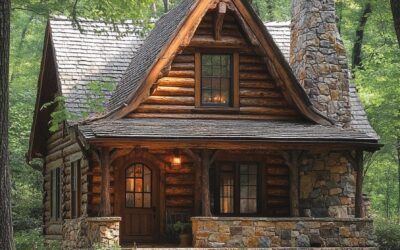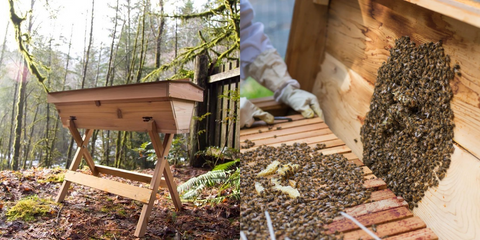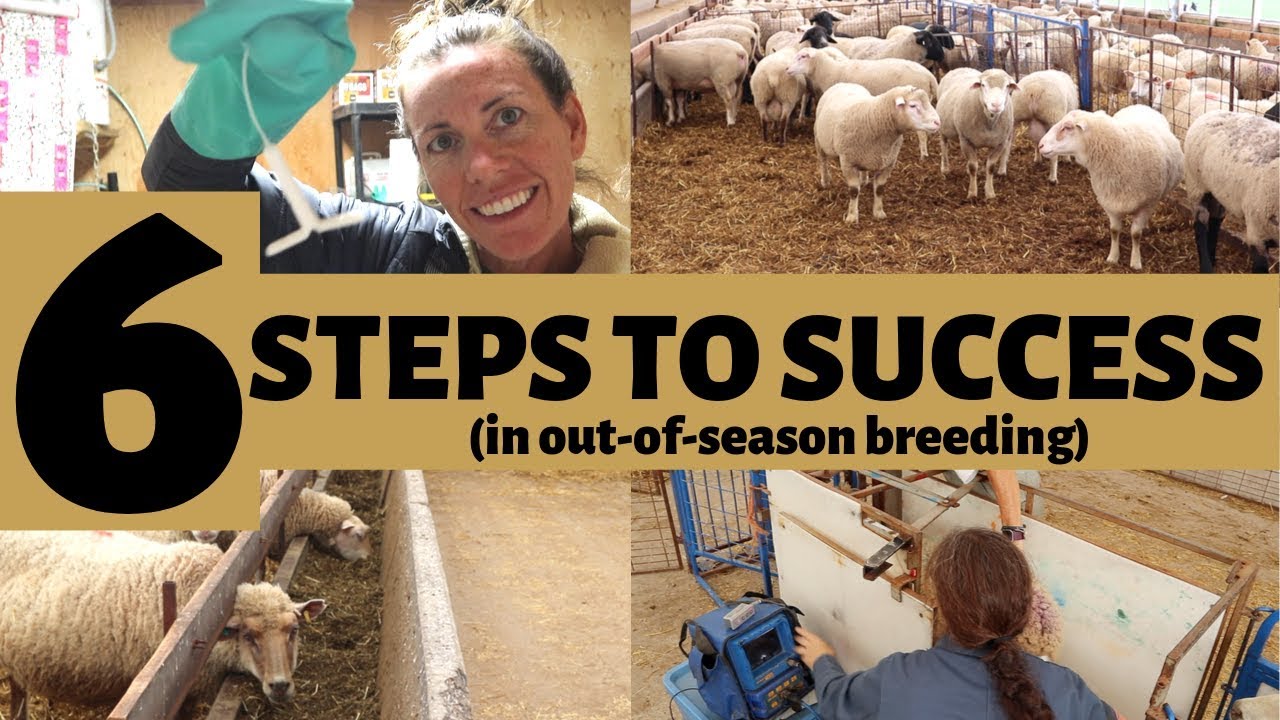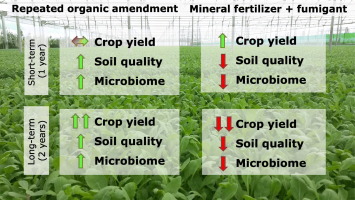When starting a beehive, consider location, equipment, bee species, weather, hive management, and regulations. Beekeeping can be highly rewarding, but requires a lot of time and attention.
Therefore, it’s important to consider all elements before diving in. Beekeeping has become increasingly popular in recent years. As people become more concerned about declining bee populations, they are seeking ways to help these essential pollinators. If you are considering starting a beehive, there are several important factors to take into account.
From location to bee species to weather conditions, each aspect plays a crucial role in successful beekeeping. Understanding how to manage your hive and stay within regulations is also essential. With the right preparation and knowledge, starting a beehive can be a fulfilling and enjoyable experience.
Climate And Location
Consider climate and location carefully when starting a beehive. The temperature, amount of rainfall, and availability of flowers in the area can greatly impact the success of your hive. Additionally, the hive should be situated in a location with plenty of sunshine and protection from the wind.
Starting your own beehive can be a fulfilling and rewarding endeavor. However, before you jump right in, it is important to understand the crucial factors that go into keeping bees happy and healthy. One of the most important things to consider is the climate and location of your beehive. Here are some key factors to keep in mind when considering the climate and location of your beehive:
Table of Contents
Temperature
The temperature of your beehive is important for the survival of your bees. Bees are cold-blooded insects, so they rely on the temperature outside of the hive to regulate their body temperature. It is important to make sure that your hive is placed in an area that is not too hot or too cold. Bees can tolerate a wide range of temperatures, but ideally, the temperature of the hive should remain between 92 and 97 degrees Fahrenheit.
Proximity To Nectar Sources
Another important factor to consider when choosing the location of your beehive is the proximity to nectar sources. Bees need access to nectar and pollen to survive, so it is important to make sure that your hive is located near a good source of flowers. Consider planting a garden with bee-friendly plants or placing your hive near a wildflower field or orchard.
Wind
Strong wind can put stress on your bees and make it difficult for them to fly and collect nectar. Make sure that your hive is protected from strong winds by placing it in a sheltered area or using windbreaks.
Water Source
Bees also need access to water, so it is important to place your hive near a clean water source. This can be a small pond, stream, or even a bird bath.
Shade
While bees require warmth to survive, they also need shade to keep the hive from overheating in the summer. Place your hive in an area with partial shade to keep the temperature of the hive regulated.
Accessibility
Finally, consider the accessibility of your hive. You will need to be able to access your hive to perform routine maintenance and inspections. Make sure that your hive is placed in an area where you can easily access it, but also where it is not likely to be disturbed by people or animals.
In conclusion, the climate and location of your beehive is crucial for the survival of your bees. By considering factors such as temperature, proximity to nectar sources, wind, water source, shade, and accessibility, you can ensure that your bees are happy and healthy.
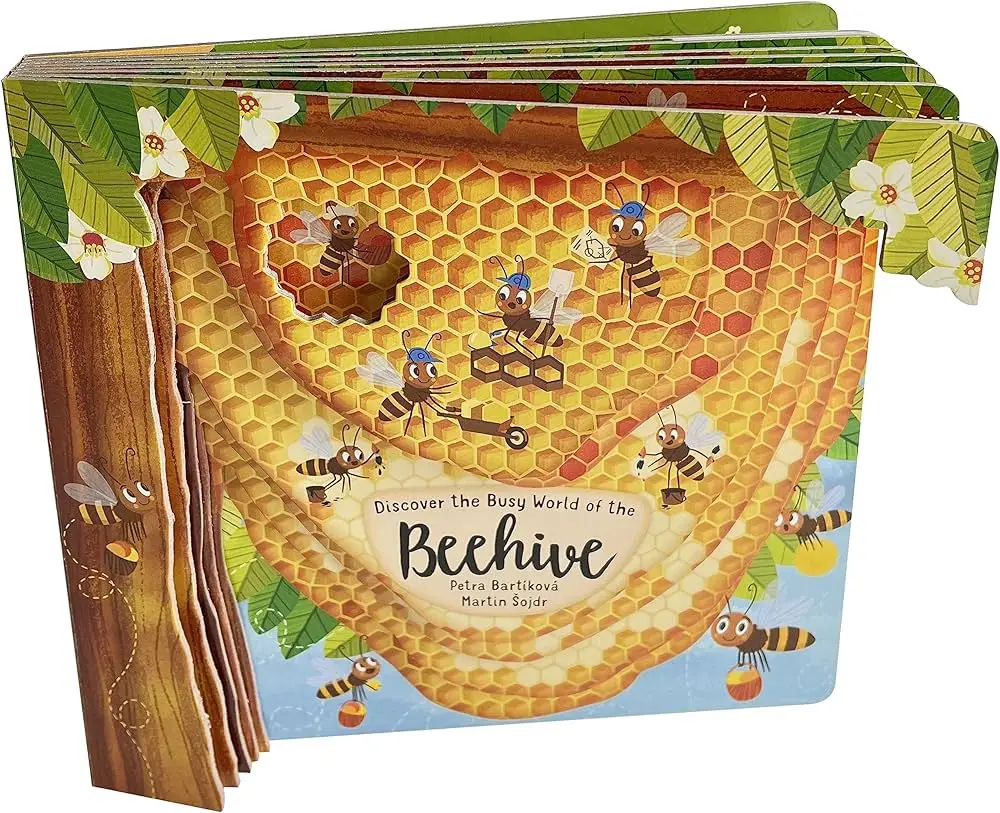
Credit: www.amazon.com
Bee Breeds
Starting a beehive isn’t easy, but it can be an enriching experience. When choosing bee breeds, consider factors like climate, food supply, and aggression level. Give your bees the best chance at survival by choosing the right hive location, maintaining an ideal environment, and being prepared for the unexpected.
Bees play a critical role in pollination and honey production, and starting a beehive can be an exciting venture. However, it’s essential to consider several things before starting a beehive to ensure that you provide a conducive environment for the bees. One of the most crucial considerations when starting a hive is choosing the right bee breeds.
Choosing A Breed That Suits Your Purpose
Different bee breeds serve various functions, and it’s essential to choose a bee breed that suits your specific purpose. Some bee breeds are great at honey production, while others are excellent at pollination. For instance, if your aim is honey production, Italian and Carniolan bees are great options. However, if you want bees for pollination, keeping the solitary blue orchard bee or Mason bee is recommended.
Inspecting The Queen When Purchasing A Hive
When purchasing a hive, it’s crucial to inspect the queen before making any payment. An ideal queen bee should have a solid, well-rounded body, with no visible deformities. It’s also essential to ensure that the queen has a good laying pattern and isn’t too old or too young, as this can impact the hive’s productivity.
Other Factors To Consider When Choosing Bee Breeds
Apart from choosing a breed that suits your purpose and inspecting the queen, there are other factors that you should consider when selecting bee breeds. These include:
- The climate in your area.
- The availability of food sources for the bees.
- The bees’ temperament.
- The bees’ susceptibility to diseases and pests.
Maintaining Your Beehive
Maintaining your beehive is just as crucial as choosing the right bee breeds. To ensure the bees thrive, provide a conducive environment, inspect the hive regularly, and use proper beekeeping equipment. Also, ensure that the bees have access to enough food and water, regularly remove any debris or dead bees from the hive, and check for signs of disease or infestations.
In Conclusion
Starting a beehive can be a fulfilling and rewarding experience. However, it’s essential to consider several things when choosing the right bee breeds, including their purpose, queen inspection, climate, available food sources, temperament, and susceptibility to diseases and pests. By following these considerations and maintaining your hive properly, your bees will thrive and provide you with honey and other benefits for years to come.
Equipment And Supplies
Starting a beehive requires a lot of equipment and supplies, but there are six key things to consider before jumping in. Location, climate, time commitment, budget, knowledge, and safety precautions should all be carefully thought out beforehand to ensure success in beekeeping.
Starting a beehive can be a very rewarding and lucrative experience. However, to ensure it is successful, there are several things that you need to consider. One of which is the equipment and supplies you will require. In this section, we will go over the necessary equipment and supplies you need to get started with your beehive.
Hive Components
One of the most crucial pieces of equipment for beekeeping is the beehive. It consists of several components, including the bottom board, brood box, honey supers, inner cover, and outer cover. The bottom board serves as the hive’s base, while the brood box houses the queen bee and workers. Honey supers are the boxes added to the hive for bees to store honey, and the inner and outer covers protect the hive from the elements.
Protective Gear
Another essential component of beekeeping is protective gear. Protective gear includes a full-body bee suit, gloves, and a veil. A full-body suit that covers the entire body, including the hands and feet, protects from bee stings. Gloves protect the hands, while the veil protects the face and neck area from bee stings.
Other Equipment And Supplies
Apart from the hive and protective gear, you will also need other equipment such as a smoker, hive tool, and feeder. A smoker is crucial to calm the bees while you work. The hive tool is used to separate the frames while inspecting the hive, and the feeder is used to feed the bees during the periods of food scarcity.
In conclusion, having the right equipment and supplies is crucial for the success of your beehive. Ensure that you have all the necessary beekeeping equipment and supplies before starting, which will make the process more comfortable and enjoyable.
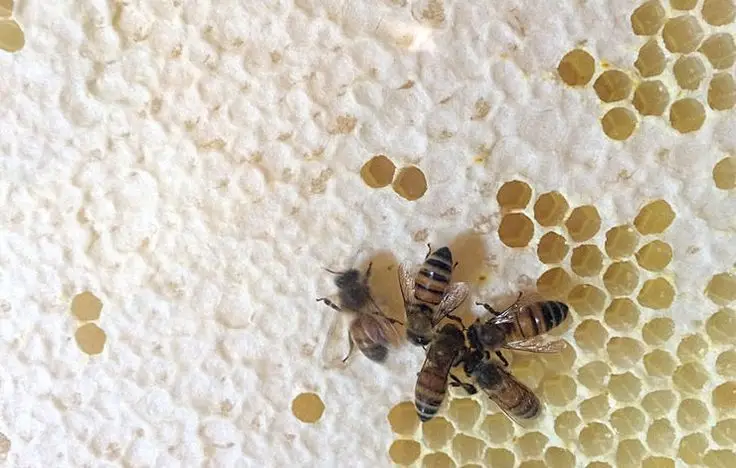
Credit: www.pinterest.com
Knowledge And Education
Knowledge and education are essential when starting a beehive. Having an understanding of bees and their behavior is crucial to ensure their survival and productivity. In this section, we’ll discuss the top two ways to gain knowledge and education about beekeeping.
Finding Local Beekeeping Groups
Connecting with local beekeepers and beekeeping associations is an excellent way to learn about beekeeping. These groups offer beginner beekeeping classes as well as mentorship programs for new beekeepers. Furthermore, experienced beekeepers can provide insight into the unique challenges and rewards of beekeeping in your specific area. You can find local beekeeping groups through a simple internet search or by contacting your local government agricultural department.
Reading And Researching Beekeeping Topics
Extensive reading and researching about beekeeping is another way to gain knowledge and education. From books to online articles to seminars, there are many resources available for amateur beekeepers. You can start by reading beginner beekeeping books, such as “Beekeeping for Dummies” or “The Beginner’s Guide to Beekeeping,” both of which are excellent resources for new beekeepers. Additionally, many online forums provide comprehensive information on beekeeping, from hive management to honey production.
To sum up, learning everything there is to know about beekeeping is essential before starting your own beehive. Joining local beekeeping groups or doing extensive research on the topic will give you the tools to become a successful beekeeper.
Time And Resources
Starting a beehive requires careful consideration of time and resources. Factors like location, equipment, bee species, and knowledge of beekeeping practices are crucial for success. Planning ahead and investing in the right tools can lead to a rewarding and sustainable hobby.
When starting a beehive, it’s important to consider the time and resources needed to establish and maintain the hive. Beekeeping is a rewarding activity, but it requires a significant investment of both time and money. Before starting a beehive, you should assess your available resources to ensure that you are ready to take on this endeavor.
Initial Time Investment
Establishing a beehive requires a significant investment of time. In the beginning, you will need to spend time researching how to start a hive, choosing a location, and purchasing the necessary equipment. You will also need to spend time building the hive and setting it up properly to ensure that your bees have a safe and comfortable home.
Ongoing Maintenance Costs
Once your hive is established, you will need to maintain it regularly to keep your bees healthy and productive. This will include ongoing expenses for equipment, such as honey extractors, protective gear, and bee feed. You will also need to spend time inspecting your hive regularly to check for signs of disease or pests and to ensure that your bees have enough food and water.
Equipment Costs
The initial investment for a beehive includes several equipment costs, such as protective gear, tools, hive components, and a honey extractor. You can expect to spend anywhere from $300 to $500 on equipment and supplies.
Bee Costs
In addition to equipment costs, you will also need to purchase or obtain bees for your hive. Depending on the type of bees and the size of your hive, bee costs can range from $100 to $200 per hive. You may also need to purchase a queen bee separately or choose to order a package of bees that includes a queen.
Time Costs
The time costs of beekeeping include both the time spent setting up your hive and the time spent maintaining it. In the beginning, you can expect to spend several hours researching, building, and setting up your hive. Once your hive is established, you will need to spend several hours per month inspecting it, maintaining it, and harvesting honey.
In Conclusion
Starting a beehive requires a substantial investment of both time and money. Before you begin, you should assess your available resources and determine whether you have the time, money, and commitment needed to maintain a beehive successfully. With proper planning and preparation, beekeeping can be a rewarding and enjoyable activity that provides you with delicious honey and a deeper appreciation for nature.
Legal Requirements
Starting a beehive may seem simple, but there are legal requirements that must be considered. These can include zoning laws, permit requirements, and beekeeping regulations. It’s important to research and comply with these regulations to ensure that your beekeeping operation is legal and safe.
As with any business venture, starting a beehive requires adherence to certain legal requirements. In order to avoid any legal troubles and ensure the safety of yourself and those around you, it’s important to get the necessary permits and follow local regulations for beekeeping. Below are the top 6 things to consider when starting a beehive, with a focus on legal requirements.
Obtaining Permits And Licenses
Before setting up your beehive, you need to obtain any necessary permits and licenses. These requirements can vary from state to state and even from city to city, so it’s important to research your area’s regulations to determine what permits are required. Failure to obtain the proper permits can result in hefty fines or even the confiscation of your bees.
Following Local Regulations For Beekeeping
In addition to obtaining the necessary permits, it’s important to follow local regulations for beekeeping. These may include parameters for the number of hives you can keep on your property, minimum distance from property lines, and requirements for screening hives. These regulations are in place to ensure the safety of your bees, nearby residents, and the environment.
Providing Proper Care And Treatment For Bees
As a beekeeper, it’s your responsibility to provide proper care and treatment for your bees. This includes ensuring their hive is clean and well-maintained, regularly checking for signs of disease, and treating any issues promptly. Neglecting the care of your bees can lead to the spread of disease, loss of your hive, and potential legal troubles.
Being Prepared For Potential Legal Issues
Even with proper permits, licensing, and adherence to regulations, legal issues can still arise. It’s important to be prepared for any potential issues by keeping detailed records of inspections, treatments, and any other important occurrences. It’s also wise to consult a lawyer who is familiar with beekeeping law to ensure you are fully covered in case of any legal disputes.
Protecting Yourself With Insurance
Beekeeping can come with certain risks, including bee stings and property damage. To protect yourself and your business, it’s recommended to obtain liability insurance. This insurance can cover any medical expenses or property damage resulting from your business activities and can provide peace of mind in case of any accidents.
Adhering To Good Neighbor Practices
As a beekeeper, it’s important to be a good neighbor and take steps to minimize any potential conflicts. This may include notifying nearby residents of your beekeeping activities, providing barriers between your bees and neighboring properties, and making sure your bees have a clean water source. By respecting the needs of those around you, you can help ensure a harmonious relationship with your neighbors.
In conclusion, when starting a beehive, it’s crucial to adhere to legal requirements to ensure the safety of your bees and nearby residents and avoid any potential legal issues. By obtaining the necessary permits and licenses, following regulations, providing proper care and treatment for your bees, being prepared for any legal issues, protecting yourself with insurance, and adhering to good neighbor practices, you can start your beehive on the right track.

Credit: beekeepinglikeagirl.com
Conclusion
To conclude, starting a beehive can be a rewarding and satisfying experience that has many benefits for both the environment and human health. By considering the factors discussed above, such as location, equipment, and bee behavior, you can ensure that your beehive is successful and productive.
Remember to be patient and attentive to your bees’ needs, and you will be rewarded with delicious honey, thriving gardens, and the knowledge that you are contributing to the conservation of pollinators. Happy beekeeping!



